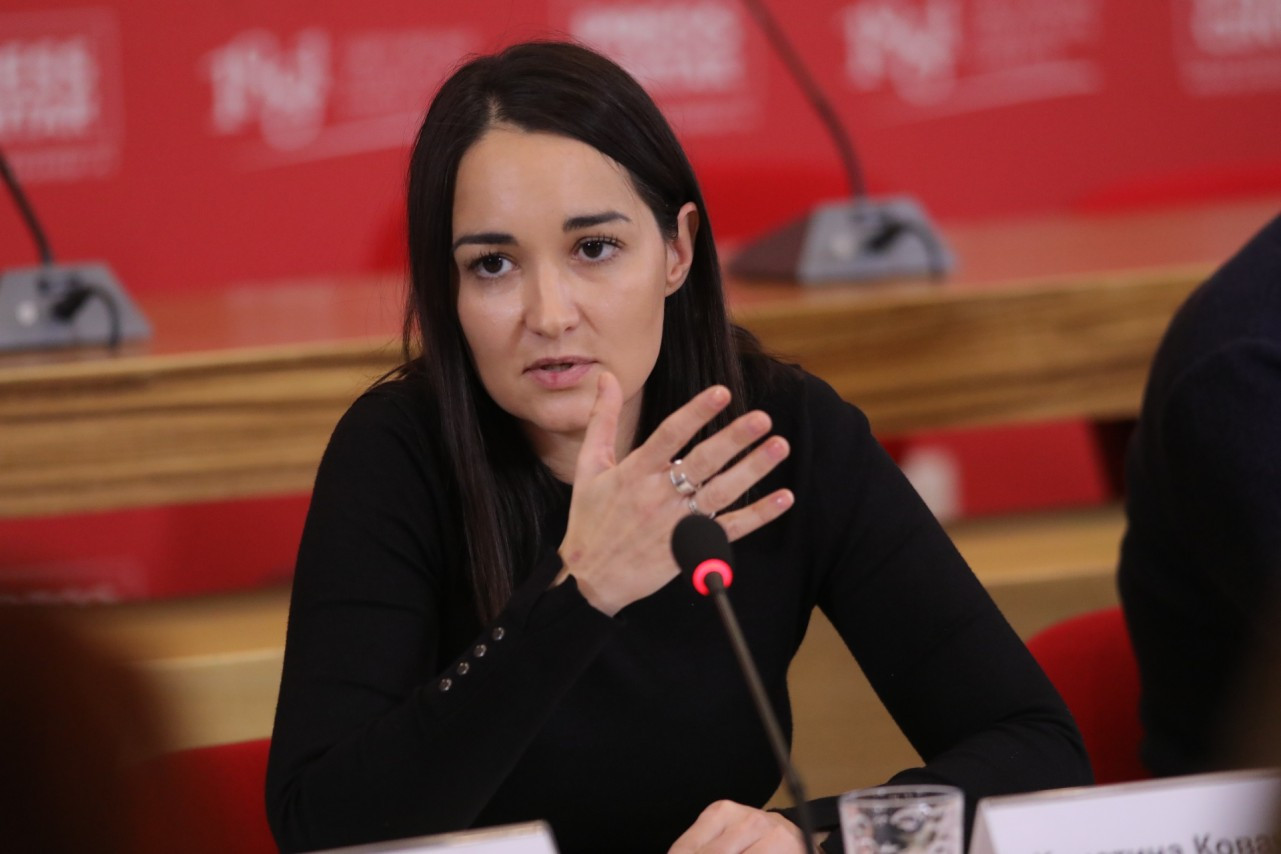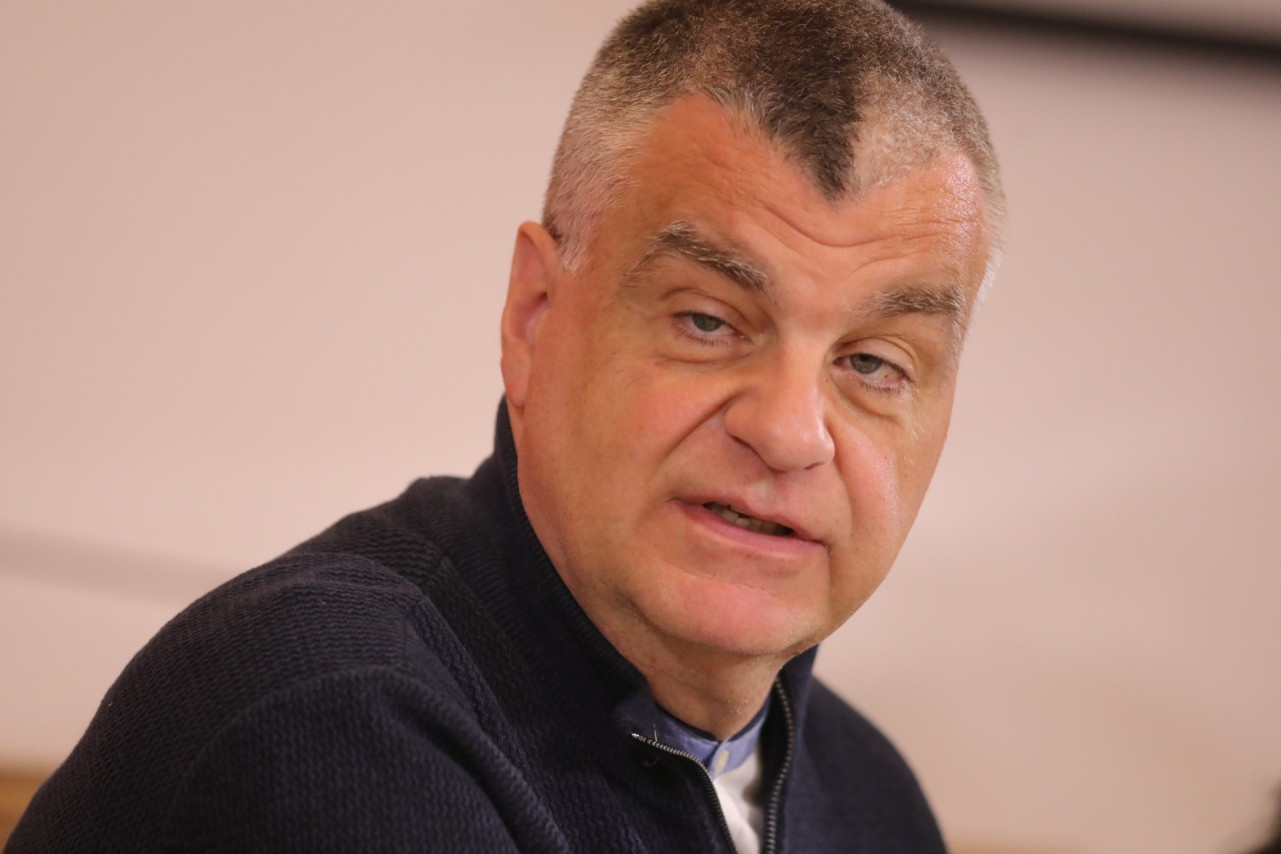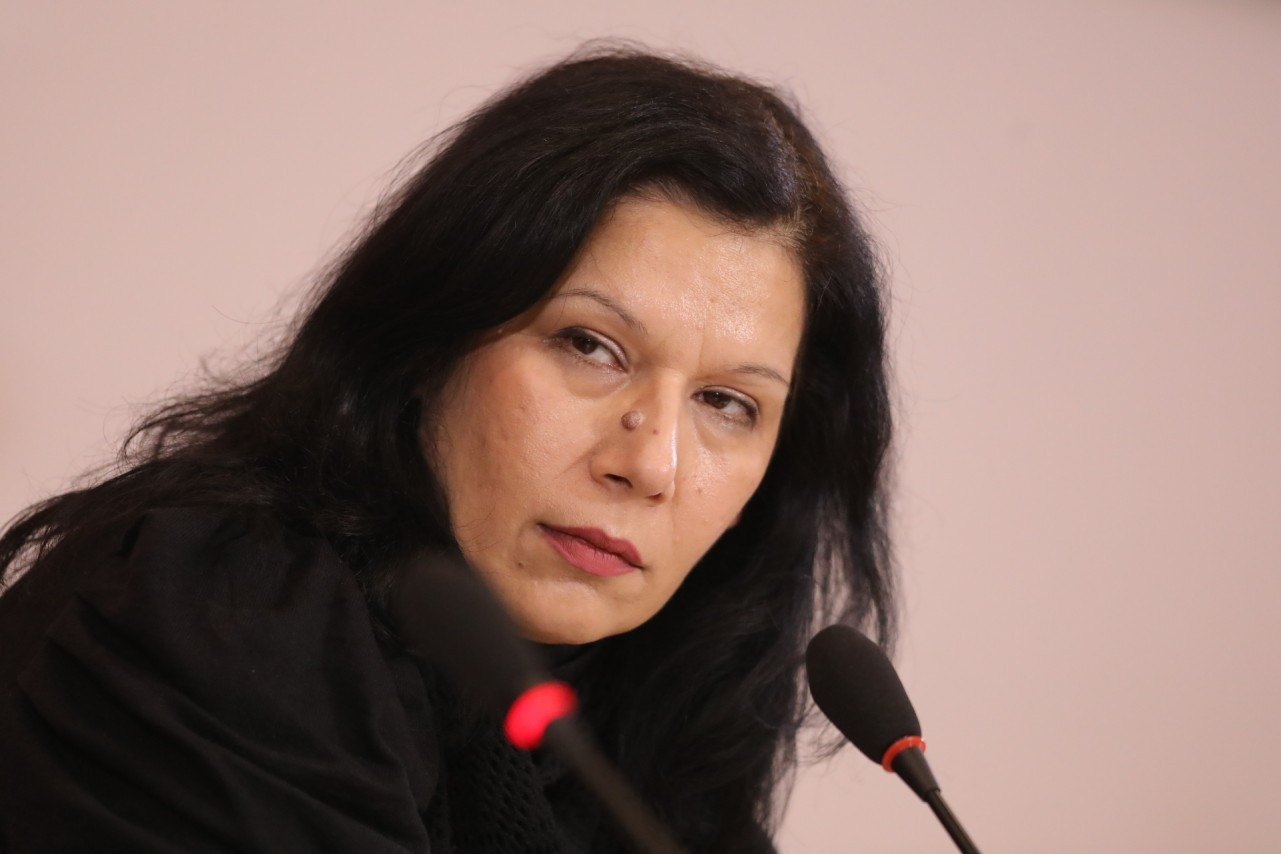UNS Analysis: Funding for Media Project Co-financing Three Times Lower than Before Privatization
"In 11 years of project co-financing for the media, a total of 17,380,729,907 dinars has been allocated, which is just over 148 million euros. Despite this, it has been shown that the allocations for the media have been reduced to a third of the amount that local governments and the state designated for this purpose before privatization," it was stated at today's presentation of the "Gray Book on Co-Financing Media Content Production Projects from 2015 to 2025" at the Press Center of the Independent Journalists' Association of Serbia (UNS).

If we refer back to BIRN's analysis from 2012, before the project co-financing process began, we can see, as stated by the Secretary General of the UNS, Nino Brajović, that 32 local governments (which is one-fifth of the total number) allocated 848 million dinars for media.
“This indicates that over a decade ago, local governments allocated twice as much money for media as in 2023, when the highest amount was allocated for project co-financing. This was shown by the database that UNS has supplemented with solutions and new data over the entire decade,” Brajović said.
The database revealed that the most competitions were announced in 2019. The largest amount allocated for project co-financing was, according to the database, in 2023, while the most significant drop in allocated funds occurred in 2024.
As record holders, the media that received the most funds over the past 11 years include RTV Novi Pazar (403.2 million dinars), Novosadska TV (234.8 million), Zona Plus - Niš (174.1 million), VTV Subotica (92 million), RTV Kanal M – Paraćin (71.7 million), Sremska televizija (67.8 million), and Belami Niš (60.2 million), as shown by the UNS database finansiranjemedija.rs.

UNS, Brajović stated, has always advocated that two percent of the budgets of local governments be allocated for media projects to maintain the level of investment in media before privatization, but that proposal was never accepted.
The editor of the UNS website and author of the "Gray Book," Kristina Kovač Nastasić, provided a recap of the project co-financing process, highlighting the problems and trends in that process.
At the very beginning of the process – in 2015 and 2016, the problems, as she stated, were the illegal conditions for participation in competitions, as well as the problematic compositions of the project evaluation committees.
“Municipalities found it difficult to accept that independent committee members decided on the distribution of funds, so officials from municipal services were appointed to the committees, while committee decisions were altered. The process was non-transparent. Just when we had overcome these 'growing pains,' from 2017 to 2020, new problems emerged,” Kovač Nastasić explained.

Committee members, as she noted, in the following years were often representatives of newly formed associations – PROUNS, the Niš Journalists' Association, the Vojvodina Journalists' Association, the Association of Electronic Media of Vojvodina, and Comnet... whose activities were limited exclusively to participation in committees.
“Media close to the authorities were favored, champions in violating the journalistic code,” Kovač Nastasić pointed out.
The problems, as she explained, intensified during the period from 2021 to 2023, when frequent conflicts of interest arose within the committees, as well as continued favoritism and funding of media that violate the Code. She also referred to the example of TV Belami, which, as she stated, indicates that the claim by journalistic and media associations that money is distributed based on the political suitability of the media is accurate.
“RTV Belami in Niš has traditionally received the most money every year, but when this television decided to report on protests, this year it did not receive a single dinar from the City of Niš,” she pointed out.
In 2024, there was a drastic decline in the allocation of funds for project co-financing. This, as Kovač Nastasić added, is a consequence of the adoption of the new Law on Public Information and Media (ZJIM) and the rules for scoring candidates for committee members and projects, which has created fear among local governments that they will not have control over the distribution of funds.
This year, for the first time, project evaluations were conducted through the Unified Information System – JIS. However, even though, as Kovač Nastasić noted, 715 thousand euros were allocated for the JIS, this system is non-searchable, lacks comparative data, and a particular problem is that we cannot see data that has been changed over time.
She also pointed out the fact that in 2025, a large number of committees will be composed of the same people.
As recommendations for improving the process, representatives of UNS mentioned the introduction of a minimum percentage of local budgets for co-financing projects, a ban on reducing the allocated funds in the coming years, and the establishment of mechanisms to determine the relevance of associations proposing committee members.
Additionally, some of the mentioned recommendations include transparency and searchability of the JIS, precise definition and sanctioning of conflicts of interest, establishment of scoring control mechanisms, and development of a system for evaluating completed projects. Representatives of UNS also recommended developing a system for evaluating completed projects, providing support to media for project preparation, and professionalization and training for committee members.
ANEM representative and media expert Saša Mirković pointed out that the legal framework is good, but there is a lack of political will to implement the laws in practice.
Wishing to test the project co-financing model defined by the law from 2023, he applied this year as an independent candidate to participate in committees for 29 competitions.

“What happened? It happened that, due to ‘score engineering’ – which is a result of both subsequent interpretation of the law and the drafting of regulations, as well as the non-transparent use of the Unified Information System – I, with my biography, was not elected to any of those 29 committees,” he said.
He also noted the paradox that in the City of Belgrade's competition for 2024, he received the maximum of 100 points for his biography, but even then was not appointed as a committee member.
“That was not enough to be elected. Since there were more candidates with that number of points, a lottery was conducted. I would like to know who conducted that lottery, who the witnesses were,” he stated.
He said that this example reflects the division within society, as well as the fact that at this gathering, as well as at gatherings of ANEM and Local Press on similar topics, despite timely invitations, no one from the Ministry of Information and Telecommunications showed up.
He added that the division within society is taking on formal forms and referred to the invitation that has recently arrived to some media and journalistic associations from the Ministry of Information and Telecommunications to participate in a working group for the transposition of the European Act on Media Freedom into the Law on Public Information and Media and the Law on Electronic Media, but that ANEM, Local Press, the Media Association, and the Independent Journalists' Association of Vojvodina (NDNV) were not among those associations.
“It is understandable, of course, that the invitation was sent to UNS and NUNS, but it is not right that the aforementioned media associations were not invited. Instead, representatives of newly established organizations and their ‘satellites’ were mass-invited,” Mirković said.
President of the Board of Local Press, Marija Obrenović, stated that since 2015, the phrase “it cannot get any worse” has been repeated year after year.
Now, as she added, everyone is already afraid to utter that phrase. Reflecting on the challenges faced by local media, she noted that most of the funding remains with national media, and what is left for local media are crumbs. This year, as she pointed out, some media have even been left without those crumbs.

“Anyone who reported on student protests was left without funding. Not cheering – just reporting. The case of the Radomirović family and Belami clearly illustrates this,” she said.
The chief and responsible editor of Za medije from Zaječar, Dušan Vojvodić, stated that there are several dozen ways to circumvent the law, but that no one has been punished for it.
He spoke about the administrative dispute in Kladovo, initiated by Za medije, when it was ruled that the committee that decided on the distribution of funds acted contrary to the law.
“We have never received compensation for damages,” he said.
He also recalled the Za medije investigation into the misuse of budget funds that were awarded in the Ministry of Culture and Information competition, when the companies G.F.C. and Essentis received funding.
Vojvodić also reflected on the current state of the local media scene.
“The local media scene does not exist; there are only propaganda media inspired by corrupt practices, as they use that as a platform to appropriate some money. I haven't heard a proposal in the last ten years on how to overcome this situation – in the Timok region, we only have my newsroom. There may be other media, but I am talking about the newsroom, the community,” Vojvodić said.
He was one of the respondents whose investigative texts were written by young journalists and journalism students.
Students Danka Jakšić and Milica Mihajlović also spoke about the biggest challenges in writing these investigative stories.
As challenges, they mentioned poor communication with local governments, lack of trained staff, and ignorance about the project co-financing process.
Source: UNS
Related Articles

Amended Regulation: A person may be a member of no more than 20 project evaluation committees.

The deadline for candidate applications for the project evaluation committees has been shortened to December 20th.












